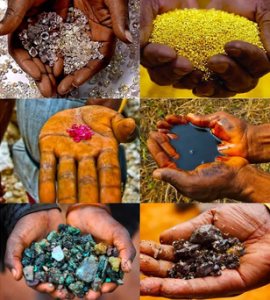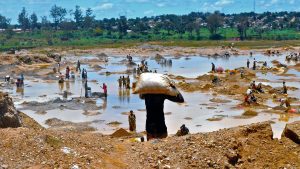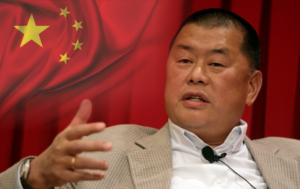Africa’s Clean Energy Paradox: The Continent Powers the Global Transition with her mineral resources but Gains Less Than 1% of its Manufacturing Value
Africa holds the keys to the world’s clean energy future, but so far from deriving its total value. The continent has been locked out of most of the derivable values. Despite supplying the bulk of the raw materials powering the global energy transition, the continent currently captures less than 1% of the wealth generated from manufacturing clean energy technologies and their components.

This stark imbalance is laid bare in a new report by the International Energy Agency (IEA), which urges African nations to climb higher up the global value chain, from mere extractors of minerals to processors, manufacturers and innovators in clean technology. A continental-hub of wealth of resources, yet a poverty of returns due to lack of visionary political-leadership will and selflessness.
From cobalt in the Democratic Republic of the Congo to manganese in South Africa, Africa’s mineral riches are unrivaled. The continent provides about 75% of global manganese, 70% of cobalt, and nearly 20% of copper, which represent all the critical ingredients in batteries, solar panels and electric vehicles.
![]()
Yet most of the financial benefits from these resources are realized elsewhere, in countries that refine, process, and manufacture finished technologies. The IEA report describes this as a “lost opportunity” for a continent that remains heavily dependent on commodity exports and vulnerable to market shocks. “African countries have the potential to change this,” the report notes, emphasizing the opportunity for economic growth, job creation and energy access through cleaner industrialization. And moving up the chain, beyond localized mining is a most needed possible inevitability for the now.
Mineral production already represents about 8% of government revenues in resource-rich African countries. But the IEA argues that the next phase of development should focus on value addition such as processing, smelting, refining and ultimately manufacturing.
In East Africa, for instance, there’s potential to produce spherical graphite for battery anodes, a crucial component in electric vehicles. South Africa and Gabon could scale up the production of high-purity manganese sulphate, while Morocco is well-positioned to expand its output of purified phosphoric acid. Meanwhile, the Democratic Republic of the Congo and Zambia, already major suppliers of cobalt and copper, could anchor regional hubs for processed materials. These aren’t just industrial moves, they are steps toward economic sovereignty in a world pivoting to green energy. Because the promise of clean manufacturing can never be over emphasized.

The IEA report also highlights Africa’s potential to become a manufacturing player in clean energy technologies themselves. North African countries, building on their existing automotive industries, could enter the electric vehicle (EV) and battery markets.
In what the IEA calls its “High Potential Case,” Africa’s EV production could jump from virtually zero today to nearly 4 million vehicles by 2035, and 5 million by 2050. That growth could make Africa a competitive manufacturing hub, while fueling its own mobility revolution. Families, futures and the fight for fair growth is persuasively seduced into place.
Behind these figures lie human stories of communities whose lands yield the world’s energy minerals but whose children still study with kerosene lamps or candles. In countries like Zambia and the DRC, families living near mines often see little of the prosperity those resources promise. The shift from raw exports to domestic manufacturing could help reverse that narrative, anchoring inclusive development and stable, well-paying jobs.
In the view of African policymakers, the challenge is a twofold issue. One, to attract investment and technology partnerships, while ensuring that new industries remain locally beneficial and environmentally responsible; secondly, to establish the mineral resources processing refineries, technology/components manufacturing industries and a way forward dive into industrialising the African continent. Though, the continent is at the crossroads at taking-up these endeavours.
Africa stands at a historic crossroads. As the world races toward net-zero emissions, its minerals have become indispensable to the global clean energy supply chain. Yet without a deliberate push to capture more of the value they generate, the continent risks remaining a supplier of raw materials to others’ prosperity.
The IEA’s message is clear that Africa can be more than a source. Africa can become the center of the clean energy future. But to do that it must turn its mineral wealth into manufacturing power, its resources into resilience and it’s potential into prosperity, by definite political-leadership will geared towards socioeconomic decolonization.






